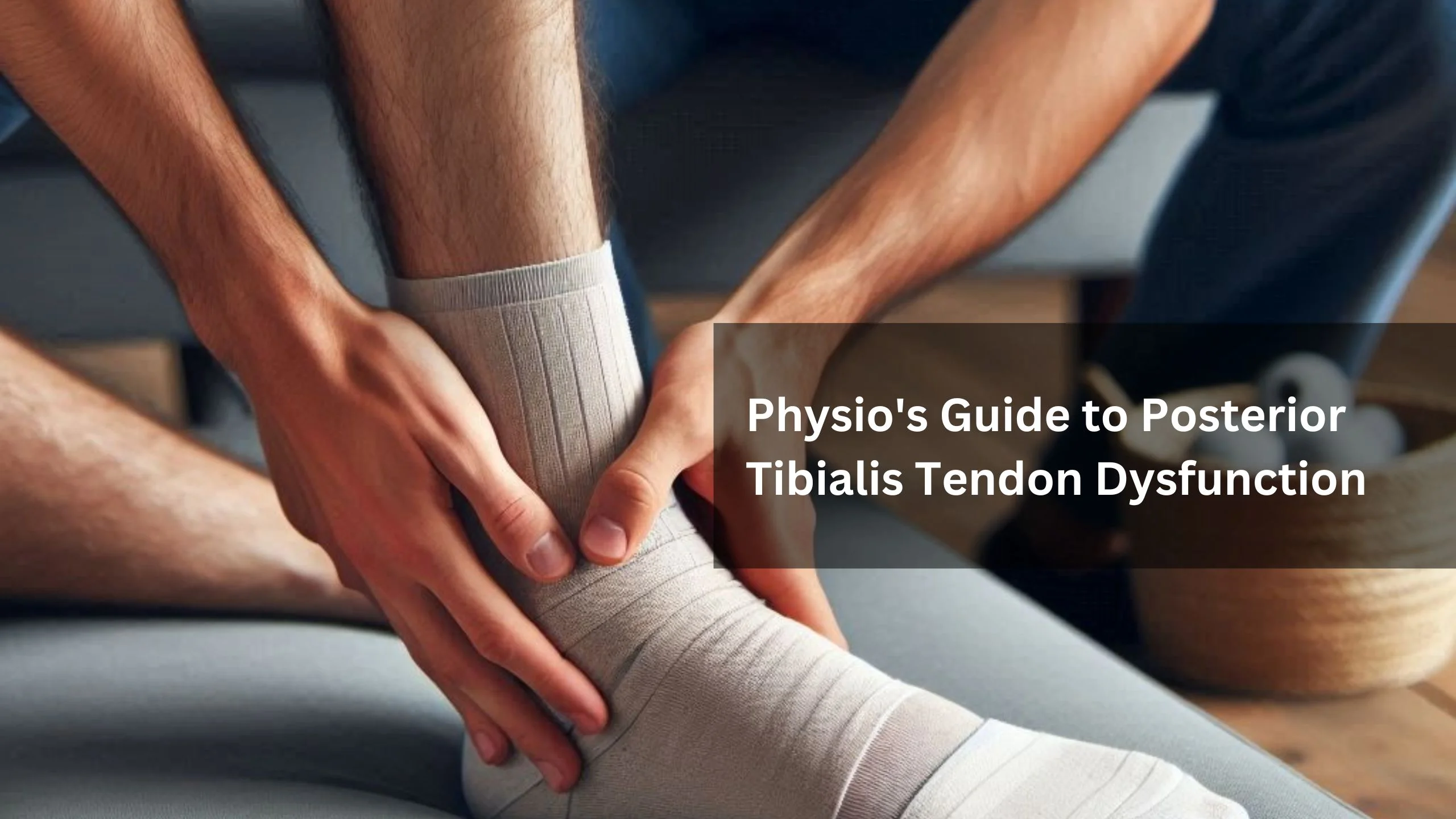Posterior Tibialis Tendon Dysfunction, often abbreviated as PTTD, is a condition that affects the tendon running along the inside of your ankle and foot. This tendon plays a crucial role in supporting the arch of your foot and inverting your foot. When this tendon becomes inflamed or damaged, it can lead to pain and difficulty with walking or participating in activities that involve standing for long periods.
Understanding PTTD
PTTD usually develops over time due to overuse, injury, or gradual weakening of the tendon. Some common causes include:
- Overpronation: Excessive rolling of the foot inward while walking or running.
- Injury: Direct trauma or repetitive stress can lead to micro-tears in the tendon.
- Age: Tendons weaken and become more prone to injury as we age.
- Obesity: Excess weight puts added stress on the tendons in the foot.
Symptoms of PTTD
Recognizing the signs of PTTD early can help in seeking timely treatment from the best physiotherapist Alipore. Common symptoms include:
- Pain and swelling: Along the inside of the foot and ankle.
- Flattening of the arch: Particularly noticeable when standing.
- Difficulty walking: Especially on uneven surfaces or uphill.
Treatment Options
The treatment for PTTD depends on the severity of the condition and may include:
- Rest and Ice: To reduce inflammation and relieve pain.
- Physical Therapy: Strengthening exercises to improve the function of the tendon and surrounding muscles.
- Orthotic Devices: Shoe inserts to support the arch and reduce stress on the tendon.
- Medications: Nonsteroidal anti-inflammatory drugs (NSAIDs) to alleviate pain and inflammation.
- Immobilization: Sometimes a brace or walking boot is used to immobilize the foot and allow the tendon to heal.
Preventing PTTD
To prevent PTTD or reduce the risk of its recurrence, consider these tips:
- Maintain a healthy weight: This reduces stress on your feet and ankles.
- Wear supportive shoes: Especially those with good arch support and cushioning.
- Gradually increase activity: Avoid sudden increases in intensity or duration of exercise.
- Stretch and strengthen: Perform exercises that target the muscles and tendons of the foot and ankle.
When to Seek Help
If you suspect you have PTTD or are experiencing persistent foot or ankle pain, it’s important to consult with the best physiotherapist Alipore. Early diagnosis and treatment can help prevent the condition from worsening and improve your overall quality of life.
Conclusion
Posterior Tibialis Tendon Dysfunction can be a debilitating condition if left untreated. However, with the right approach, including physical therapy and lifestyle modifications, many people can manage their symptoms effectively. Remember, the best physiotherapist Alipore can provide personalized care and guidance tailored to your specific needs. Don’t hesitate to reach out for professional help if you suspect you may be suffering from PTTD. Your feet will thank you for it!



